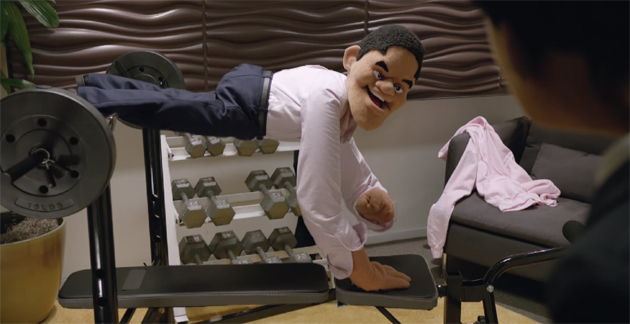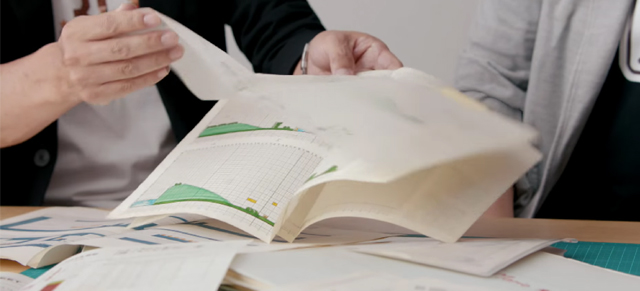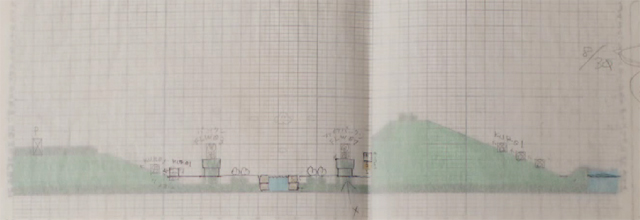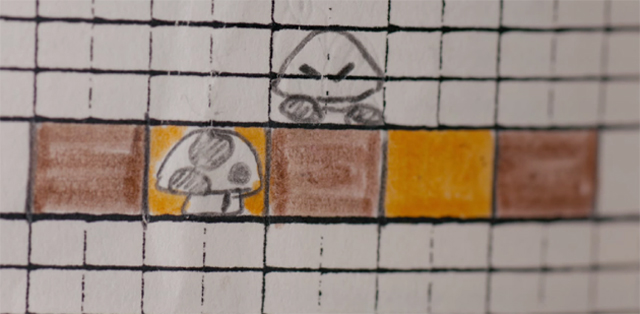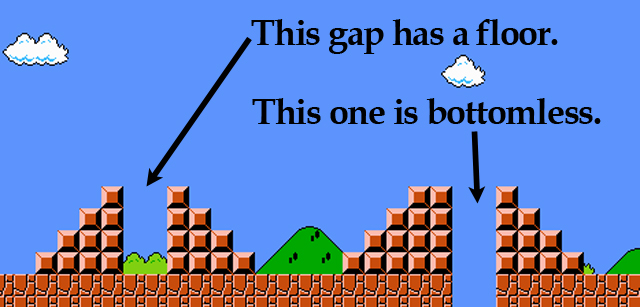Super Mario Bros. Levels Were Originally Sketched Out on Graph Paper
Nintendo’s prerecorded “Digital Event” at E3 2015 was a weird mix of puppetry, announcements for games that were sort of like games we wanted but not really, and the charming smiles of the always brilliant Shigeru Miyamoto.
Wait, puppets?
Yes, I didn’t intend for the word puppetry to be some weird, confusing metaphor; there were really puppets created by Jim Henson’s Creature Studio as a big part of the show.
One of the smaller tidbits of information to drop during the presentation was a bit of insight into the process of creating 8-bit Super Mario Bros. courses (or levels), straight from Miyamoto and his good pal (and long-time designer and producer at the “House of N”) Takashi Tezuka.
“Back in the day,” said Tezuka, “we had to create everything by hand. To design courses, we would actually draw them one at a time onto these sheets of graph paper. We’d then hand our drawings to the programmers, who would code them into a build.”
That’s right: Your favorite levels from the original Super Mario Bros. started out as sketches on graph paper. Remember 2-1? It used to look like this:
So what about making revisions? Miyamoto explained: “In the old days, when we needed to fix or change part of a course, it would get really messy if we tried to edit the original drawing. So we’d put this see-through paper on top to make edits.”
Here’s a shot of Miyamoto demonstrating this technique, since it seems to make far more sense when it’s presented visually:
Essentially, they would lay a see-through piece of paper over the original level, and draw the edits on the see-through layer so they wouldn’t have to try to erase the original design (which could get, as Miyamoto explained, “really messy.”) So here’s how a level would look once some edits had been made:
Miyamoto went further and explained his creative process a bit. “Most times,” he said, “I start by creating a course I want to play, which is usually like a 2-1 or 2-2. Once that’s done, I try to make it a little easier, so we move on to making 1-1.”
Even more fascinating, he told us a bit about design theory, and how that played out in level 1-1 in Super Mario Bros. “In 1-1, there’s a goomba, which is clearly an enemy, but there’s also a super mushroom, and you might run when you first see it.” I guess this is on account of the goomba and the mushroom being similar shapes.
Miyamoto continued: “So if you jump, the ceiling is low and you usually hit it [the mushroom]. But when you do, you grow big. It’s a surprise.” It’s a cool little trick to teach players visually that the goombas are bad but the mushrooms, while shaped like goombas, are good for you. So your very first attempt at this course is supposed to be a learning experience.
And that’s not the only trick Miyamoto explained. “There are stairs [later in 1-1] but there are gaps. But the first gap has a floor, and the second one is the one you want to avoid because it’s bottomless. So it’s a tutorial in a sense. We put a lot of thought into those types of things.” (For a more detailed explanation of the brilliant design of level 1-1, check out Design Club’s video on the topic.)
“When playing a Mario game for the first time,” Tezuka added, “it’s a challenge to run and jump at the same time. New players usually fall into the first pit because they can’t make the jump. But they learn from it.”
While this sounds a bit condescending, keep in mind that Super Mario Bros. came out back in 1985, when very few people had seen a side-scrolling platformer. Certainly, no one had seen one this complex before. In fact, for many people, Super Mario Bros. would be an introduction to video games. So the learning curve for the game was higher back then than we probably remember. Thanks to some brilliant design choices, that learning curve never felt like school or work.

